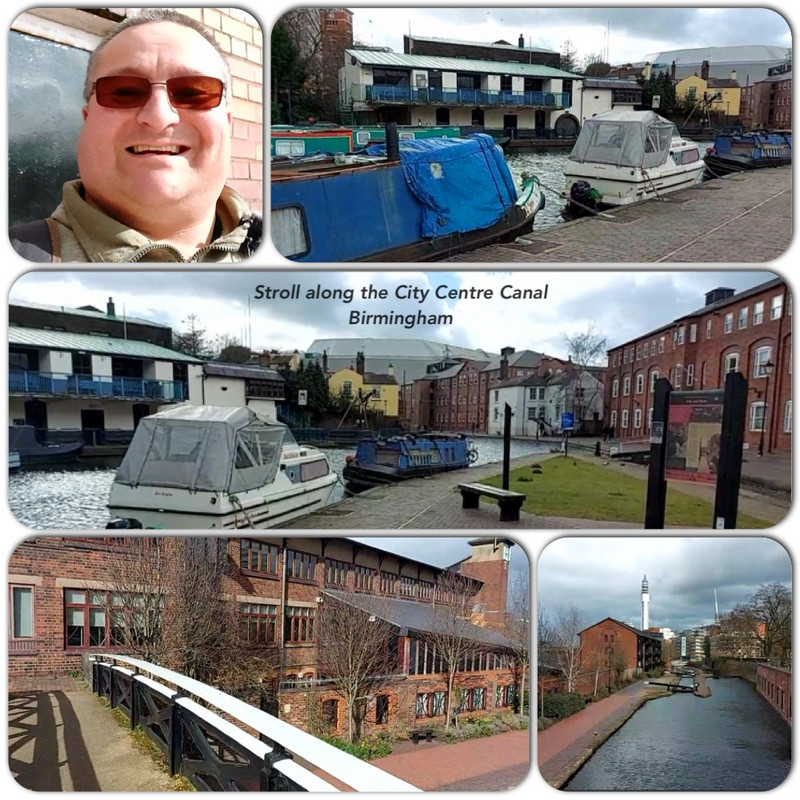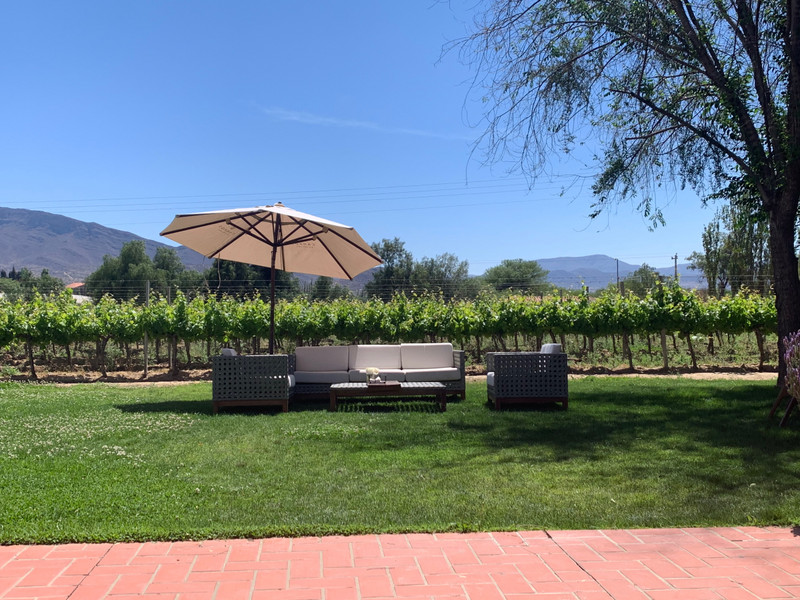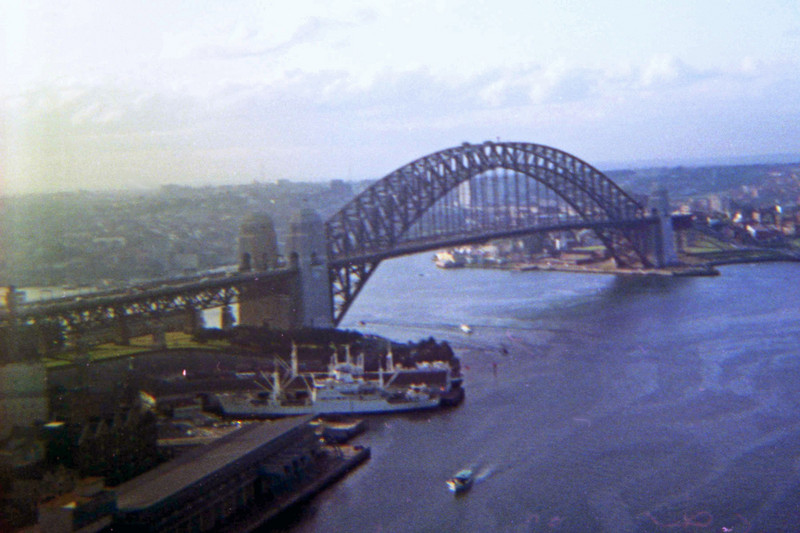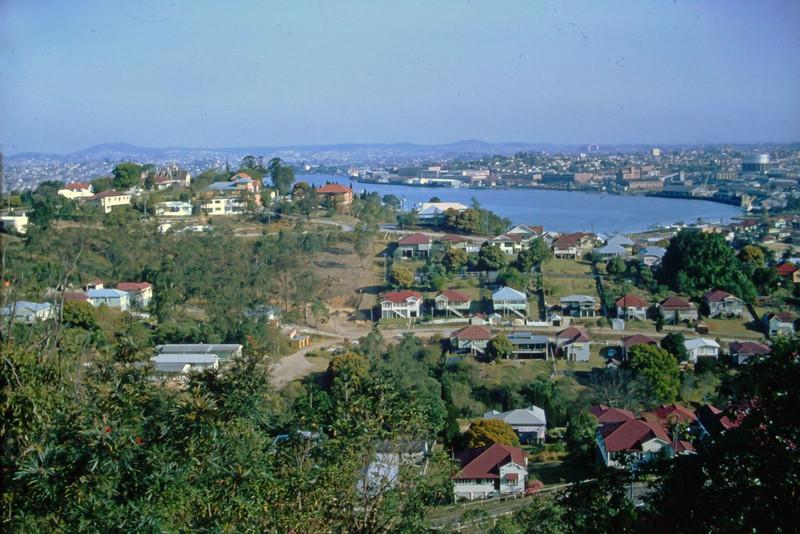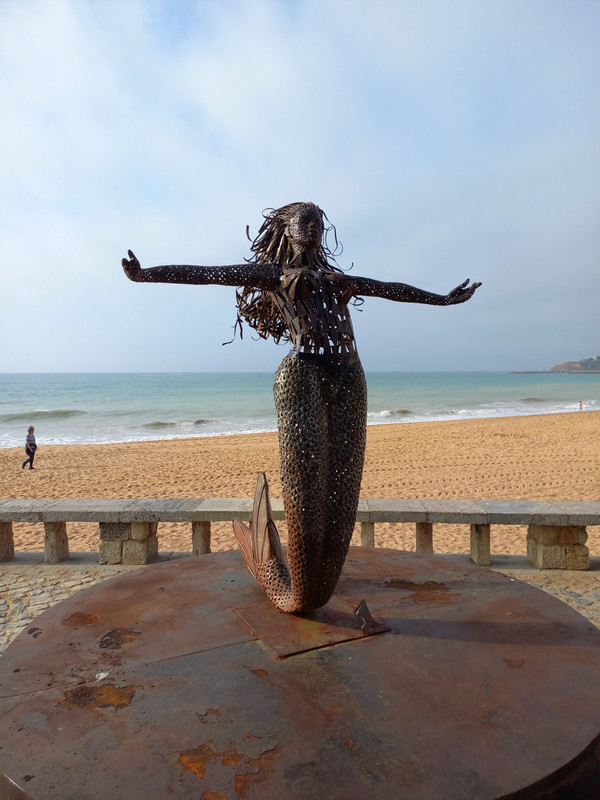During the Industrial Revolution the canals were busy waterways transporting coal, iron and other heavy goods. They played a crucial role in the development of Birmingham and the Black Country.
One of the first to be built was the Duke of Bridgewaters Canal. It carried the Dukes coal from inside the mines 15 miles to Manchester. It was finished in 1761 and most of the engineering work was planned and supervised by James Brindley. Brindley was a millwright by trade and one of the most notable engineers of the 18th century. He worked on six canal projects in the Midlands.
For 170 years the canal system was bustling with activity. Towards the end of the 19th century the tonnage of goods carried increased reaching 8 and a half million tonnes in 1898.
Although the canals were profitable, they were costly to build and maintain. In the 1820s Thomas Telford was employed to inspect Birminghams canals,
which had severe maintenance problems. He suggested an overhaul of the canal system, which included the straightening of many canals.
As canal industries declined and railways and roads took over the long distance transportation of goods, use of the canals decreased. By 1980 traffic had stopped. Over the years canals fell into disrepair. However, many have since been restored and their surroundings improved with parkland, housing and many stunning modern developments, creating vibrant areas with shops, restaurants, bars and entertainment.
Saturday Bridge, possibly named after the alleged practice of paying boatmens wages at this point on Saturdays.
Boatmen would give nicknames to canal bridges in and around Birmingham and this one is no exception. In fact, this spot along the canal was a wage point, where boatmen would collect their earnings on a
The Malt House pub is a survivor of the many malthouses that thronged this side of the canal, where grain was stored for the brewing of ale during the 1800s.
the G8 summit in 1998. Our guide told a story about the glass he drank from; the bar staff went to collect it after he had finished drinking but the secret service agent took the glass and put it in his jacket as he would have had Clintons DNA & fingerprints on it !
This circular island was built to allow emergency stoppage of water should the railway tunnel (New Street Tunnel) which runs very close beneath the Farmers Bridge part of the junction be breached.
As we walked over a small bridge we could see the grooves on the wall made by the continuous use of ropes that were used by the horses to pull the barges along the canal.
17 acres of Brindleyplace, the land around Gas Street Basin was a sorry sight at the turn of the 90s, cluttered by old industrial units that had stood empty for
Symphony Hall and the International Convention Centre were first to rise from the ground and rows of bustling restaurants and bars along with towering office blocks soon followed.
Now Brindleyplace brings more than four million visitors to Birmingham every year and is home to 10,000 workers. It is a hive of entertainment with pubs, clubs, restaurants and offices with the ICC next door, and the Barclaycard Arena and the Sea Life Centre. The site is named in honour of the renowned 18th century canal engineer James Brindley.
In June 2019, Broad Street Bridge/ Tunnel in Birmingham was renamed BLACK SABBATH bridge in honour of Birminghams legendary heavy metal rockers. On the roadside there is a bench with metal images of the band.
Our tour came to an end at Gas Street Basin, Gas Street – so named as it was the first place in the city to get gas lighting, created in the 1790s as a meeting point for the Birmingham Canal and the Worcester & Birmingham Canal, between the meant a physical barrier, the Worcester Bar, divided the basin between the two areas of water. Gas
Street Basin would have been teeming with activity for much of its existence, as raw material from all over the country arrived in the countrys second city.
